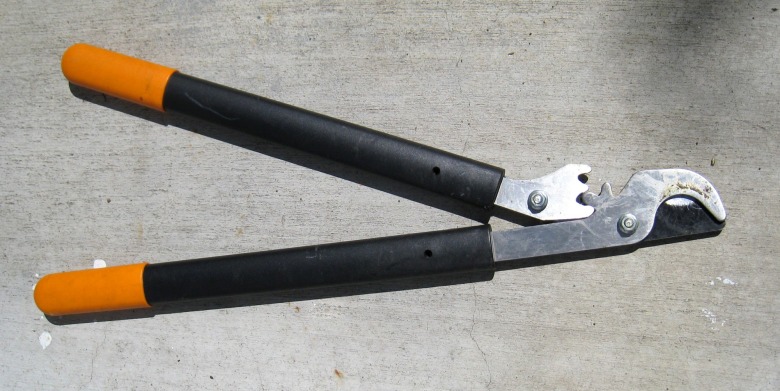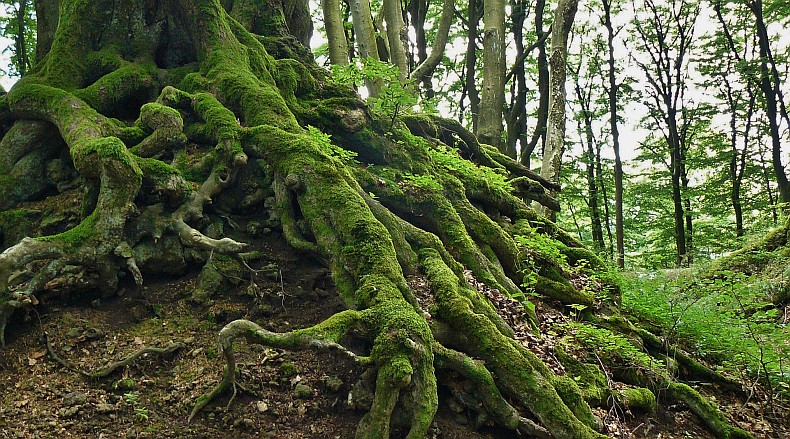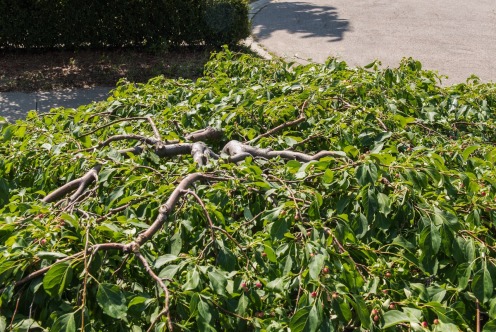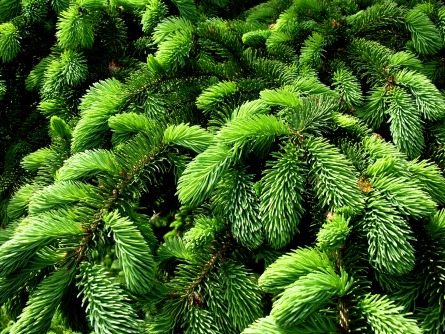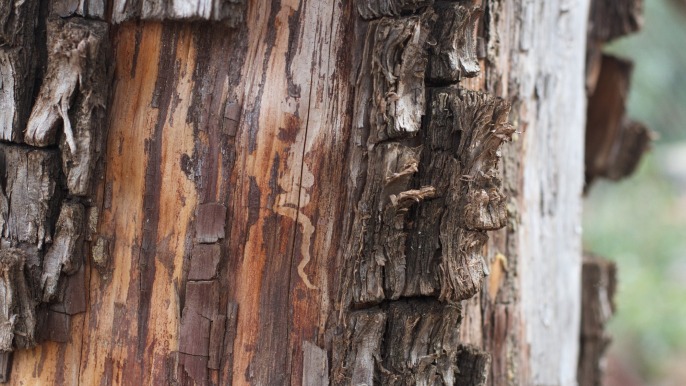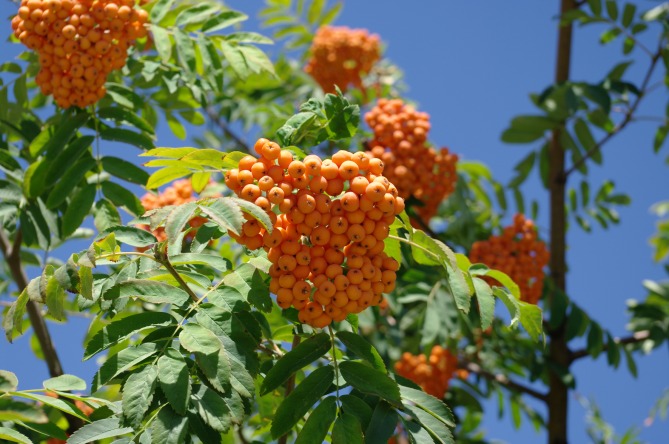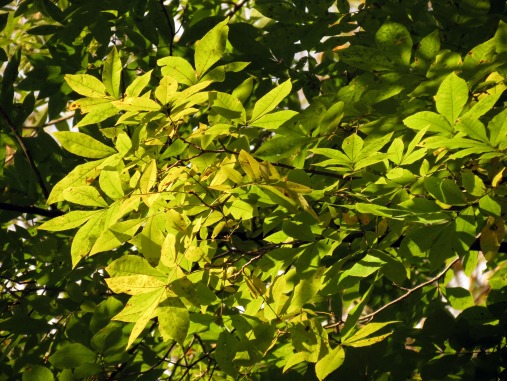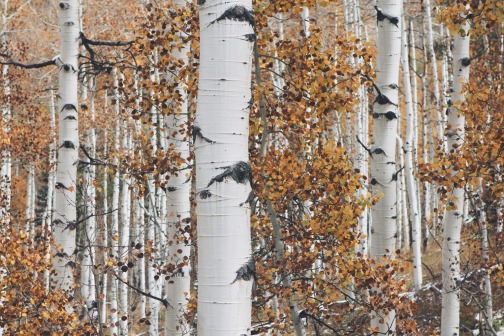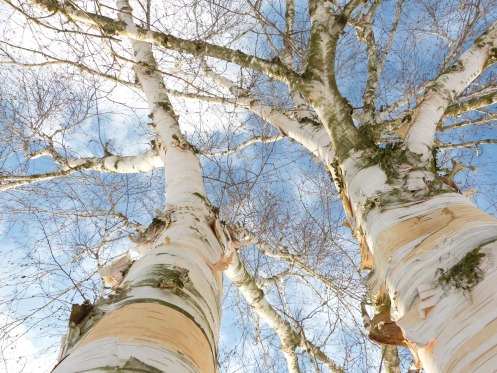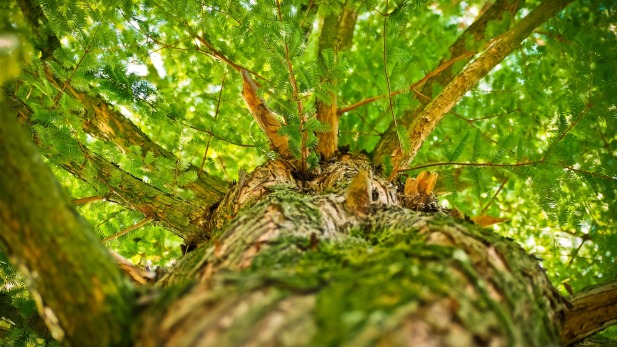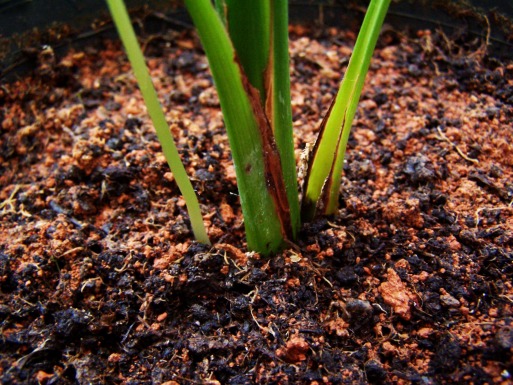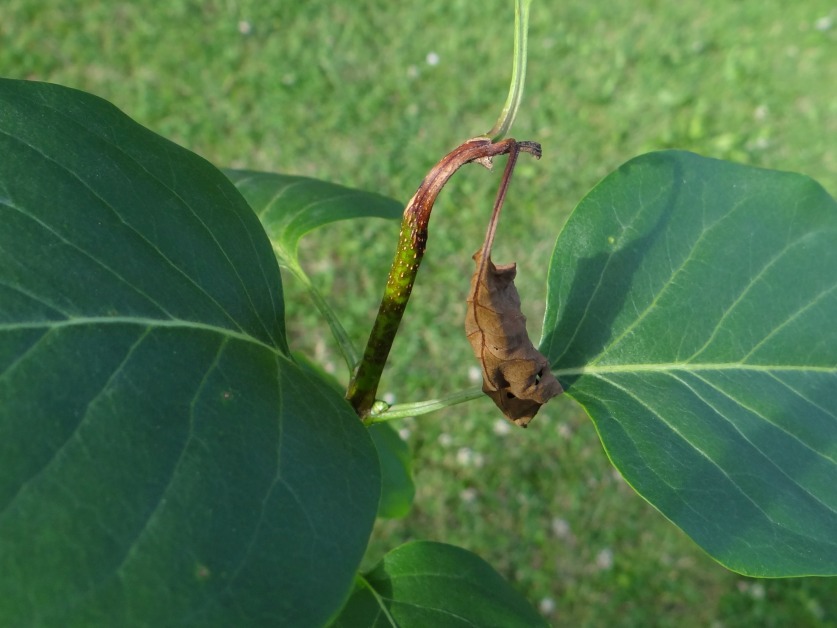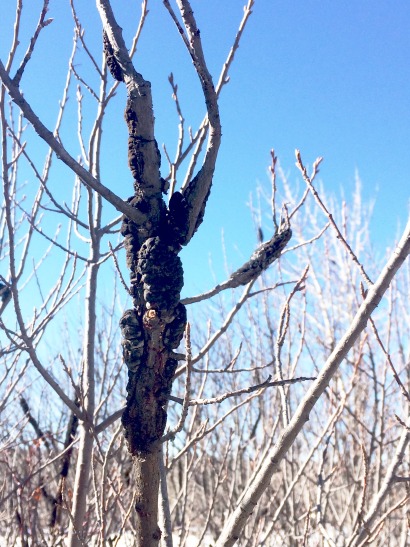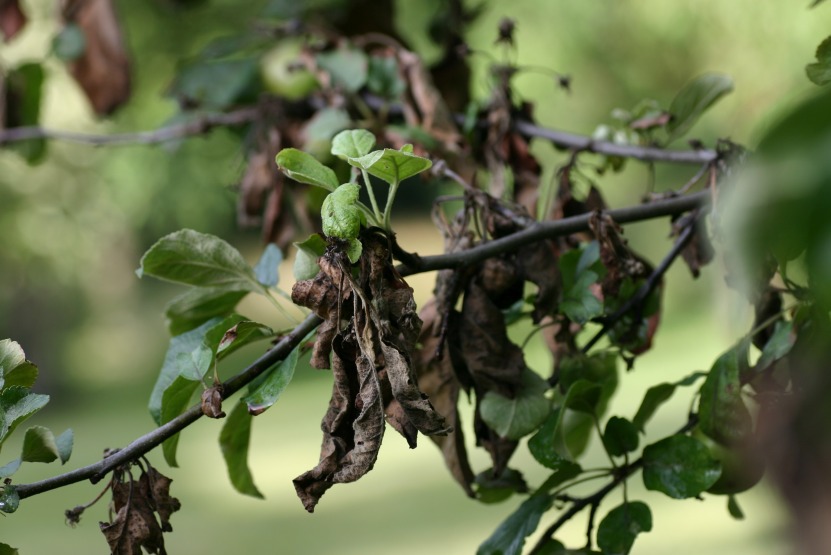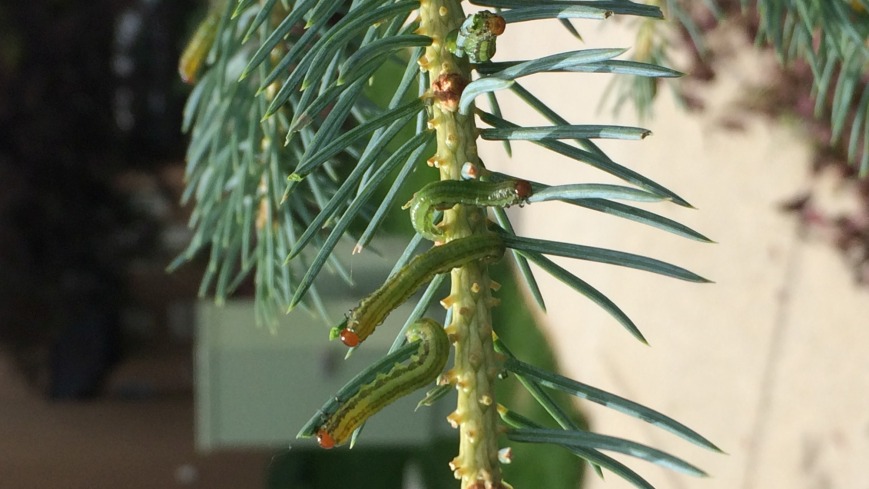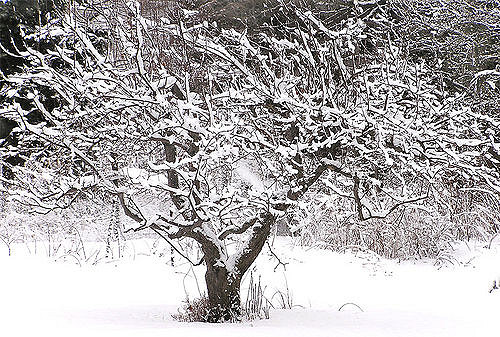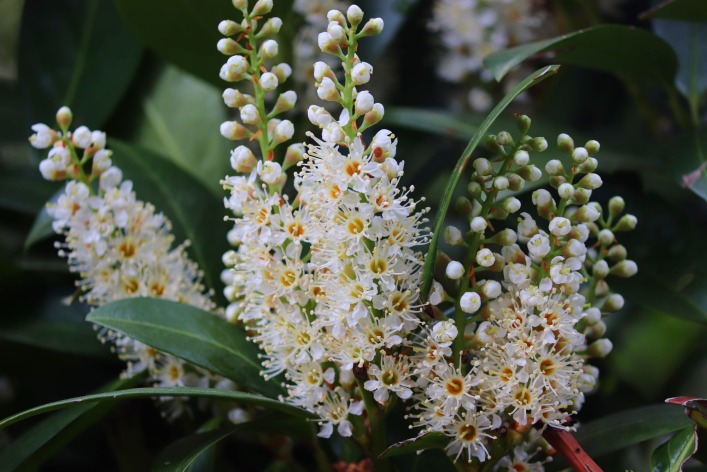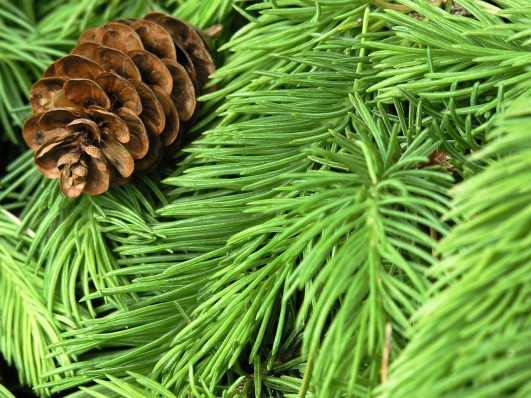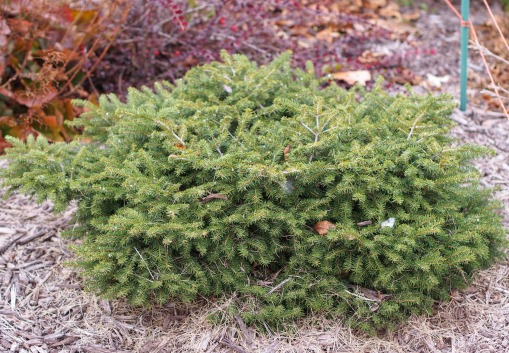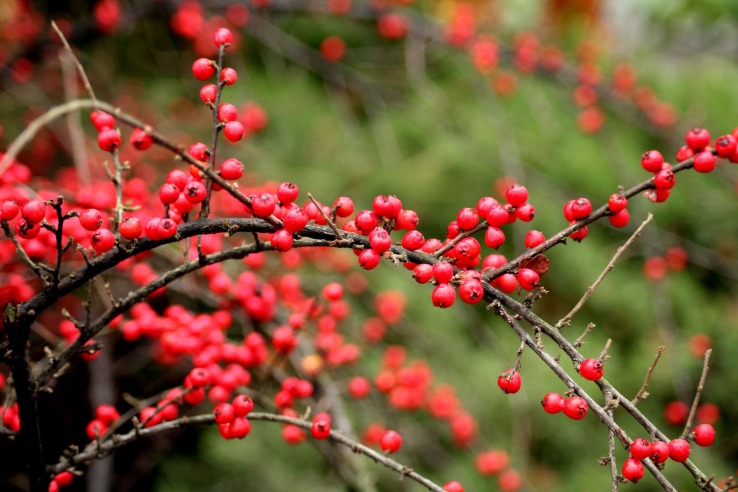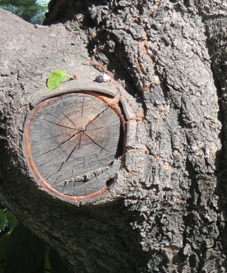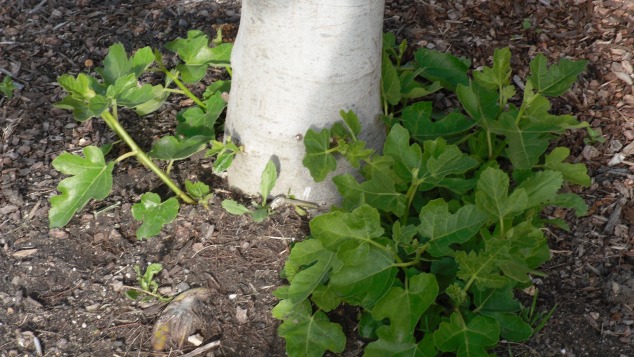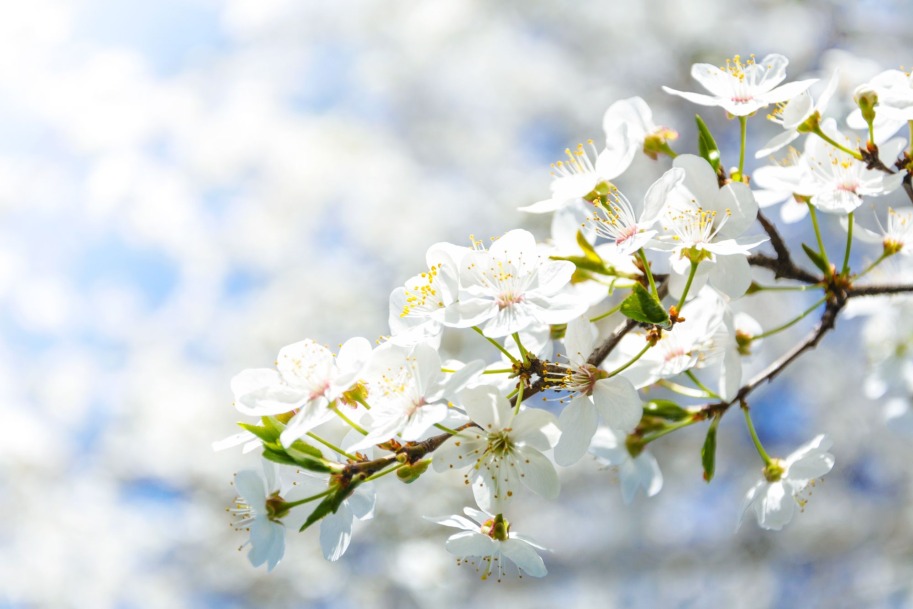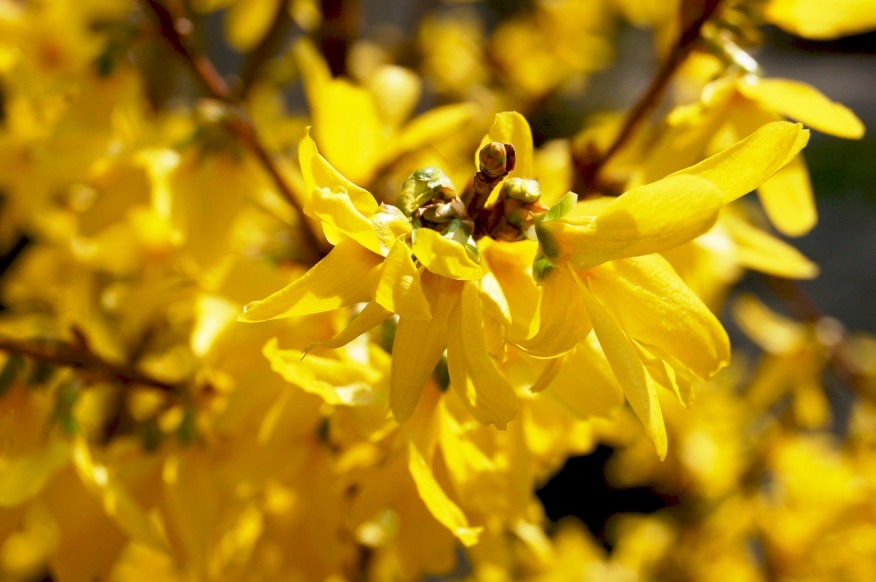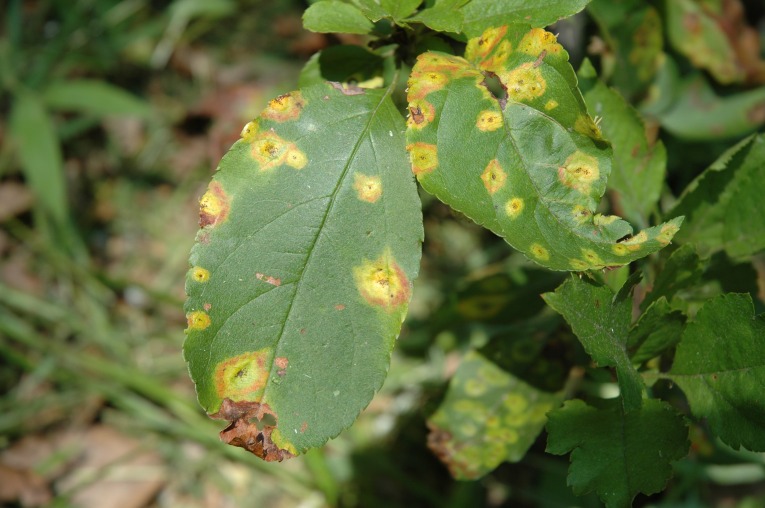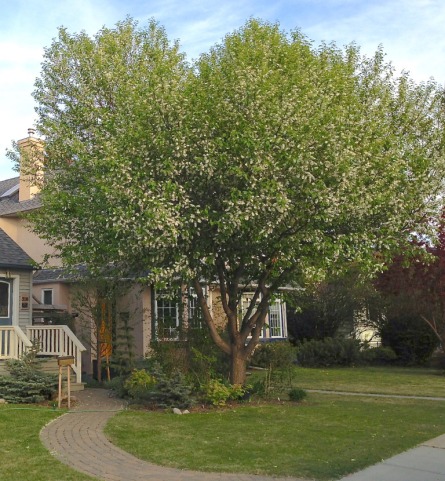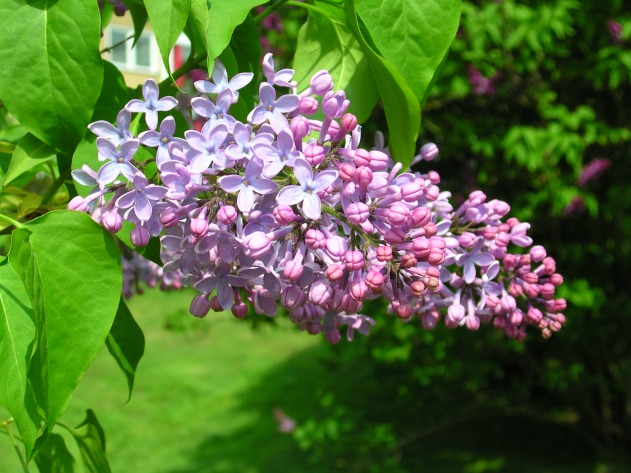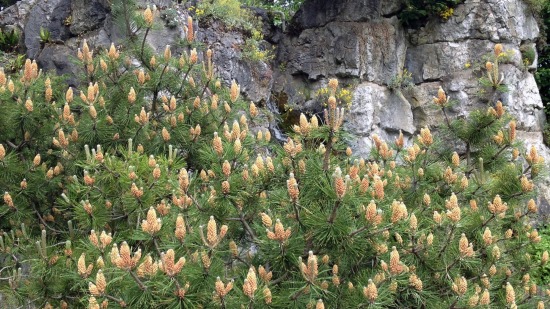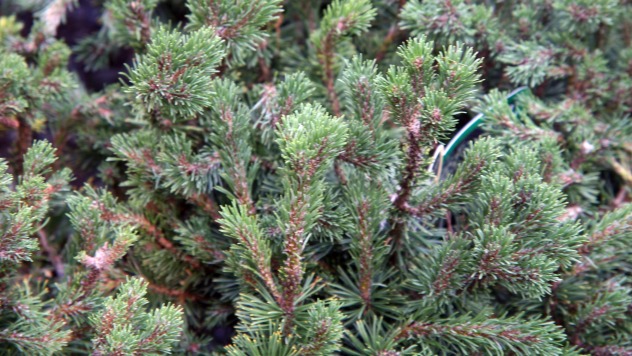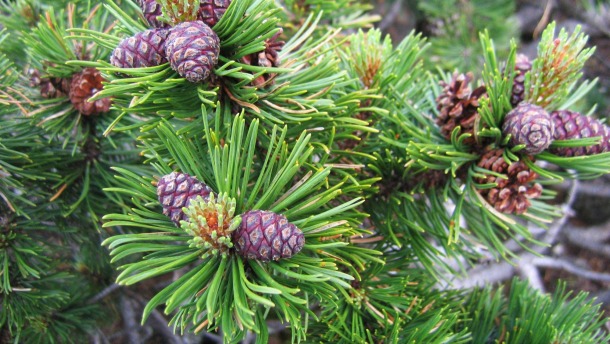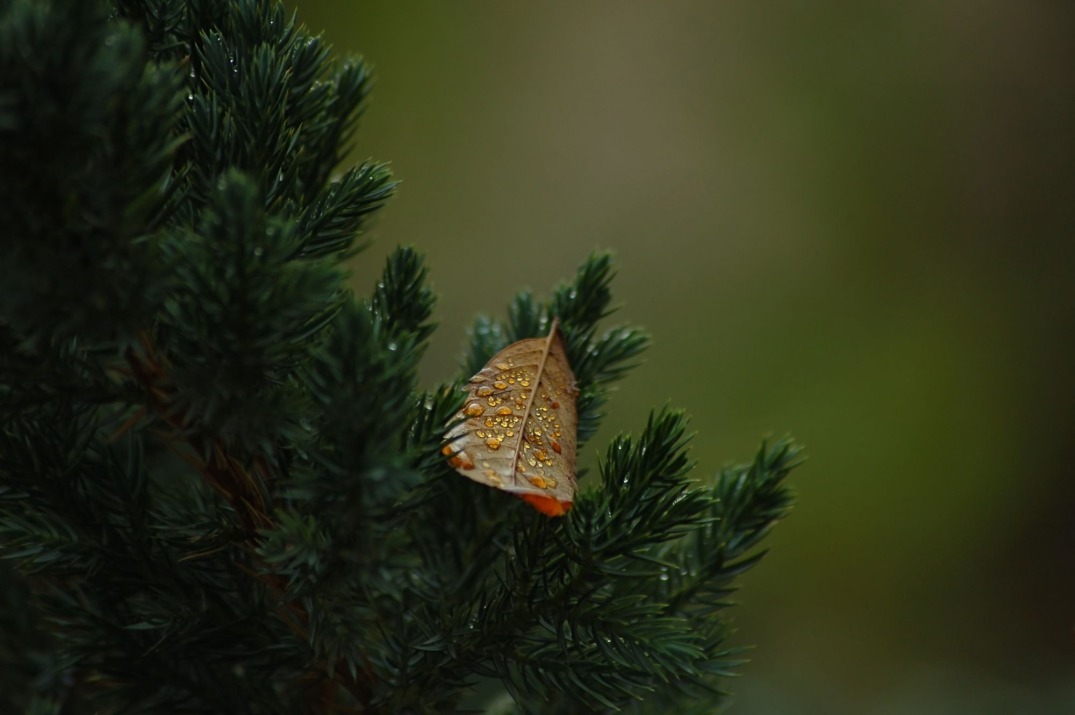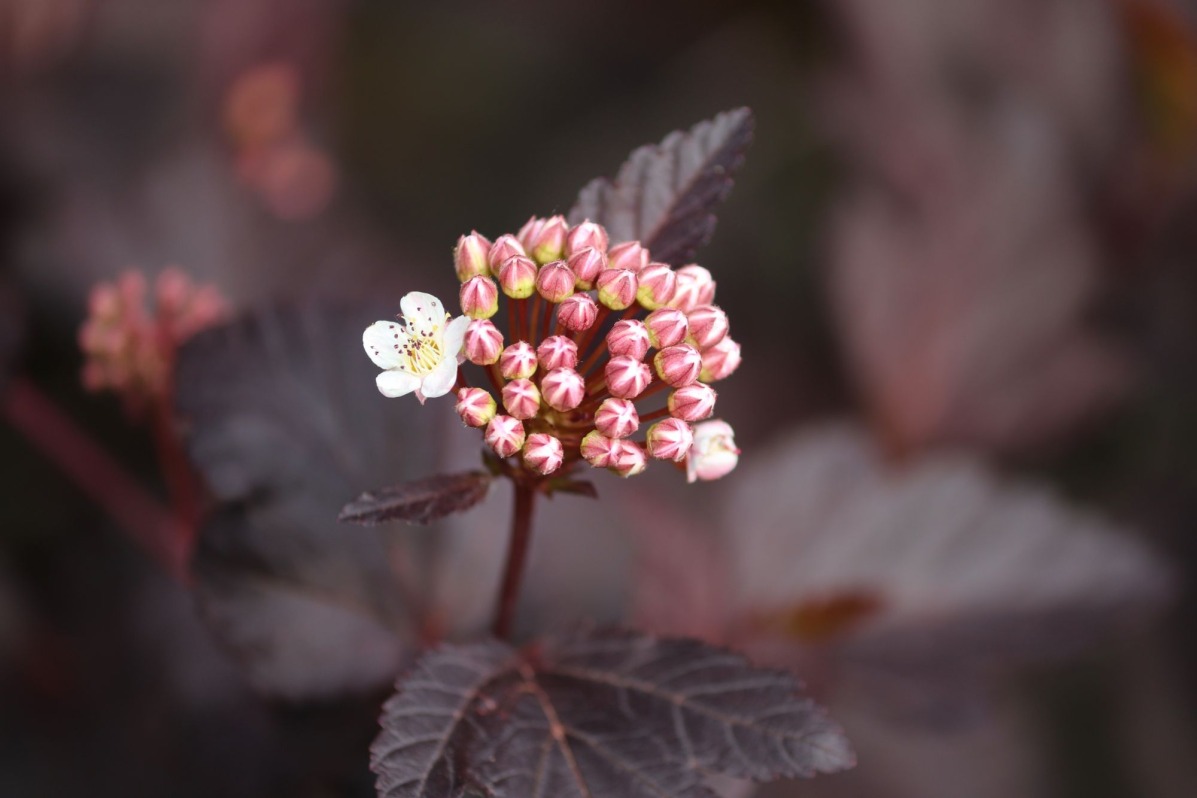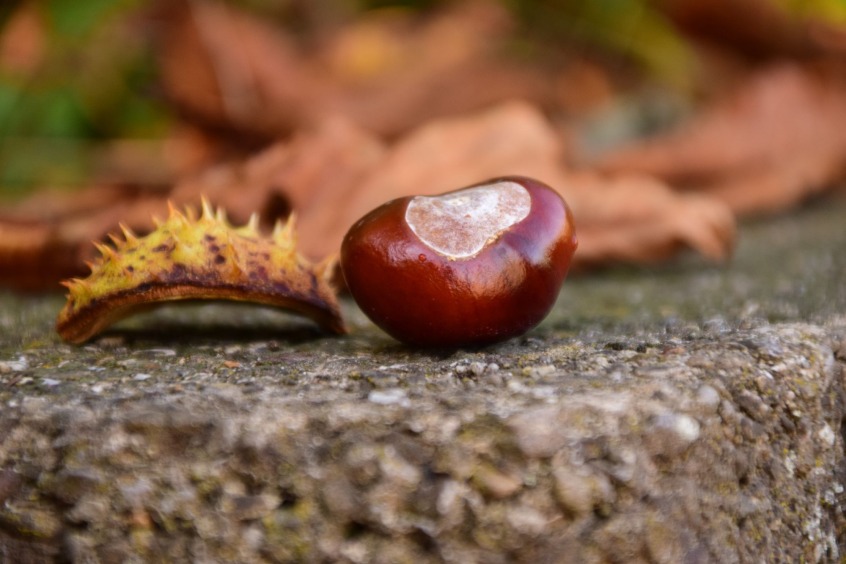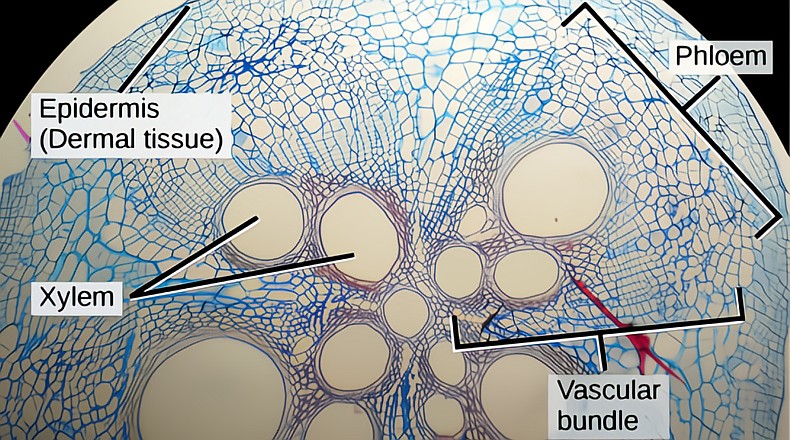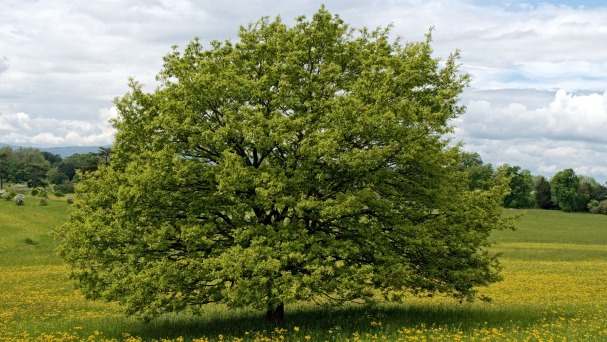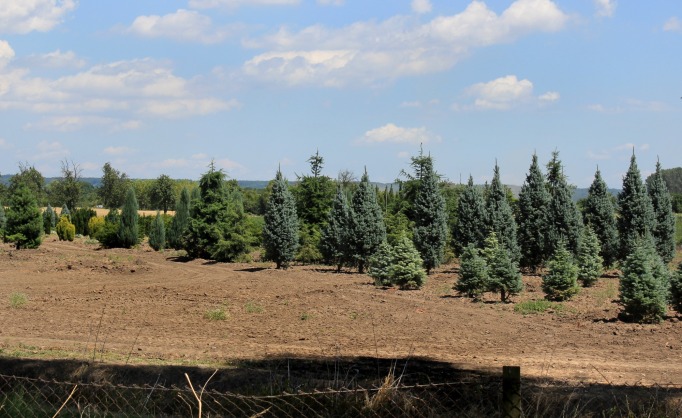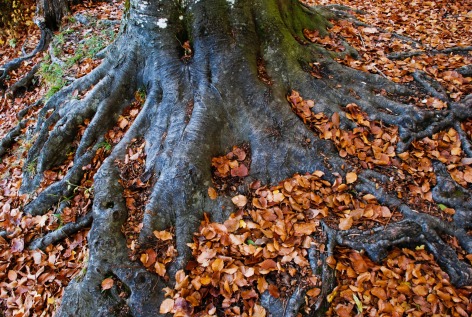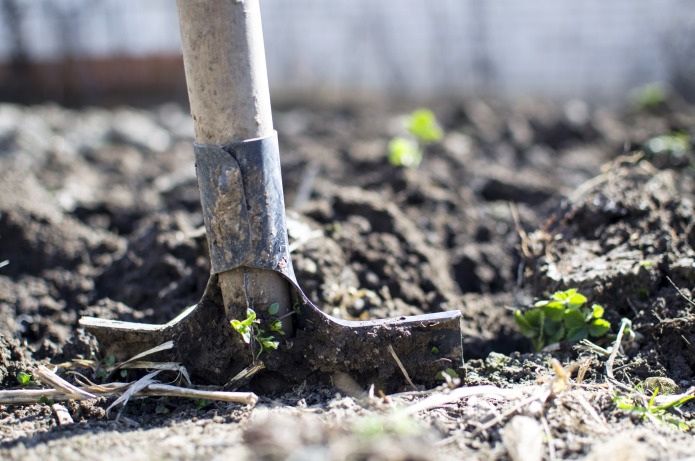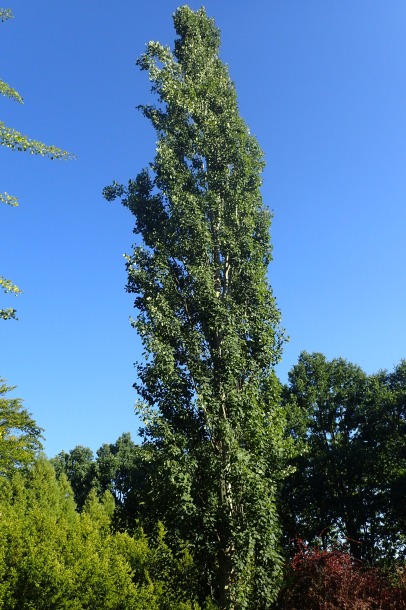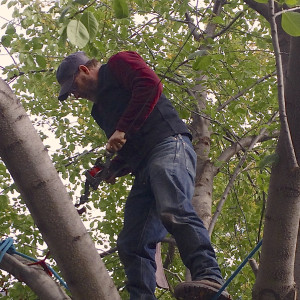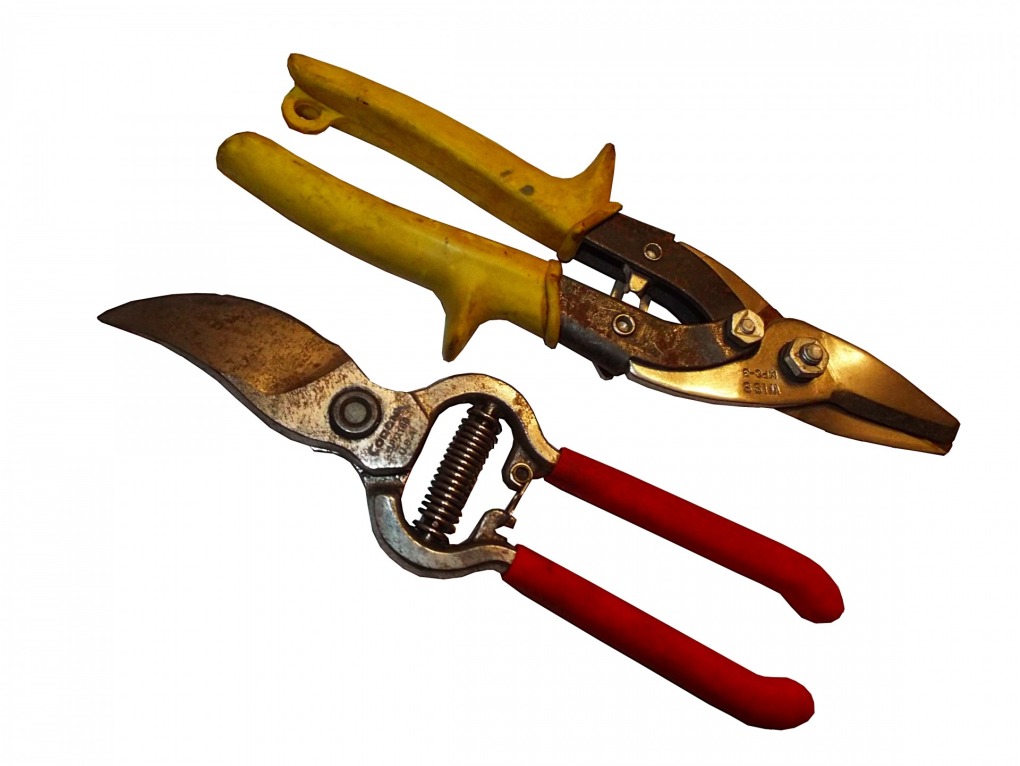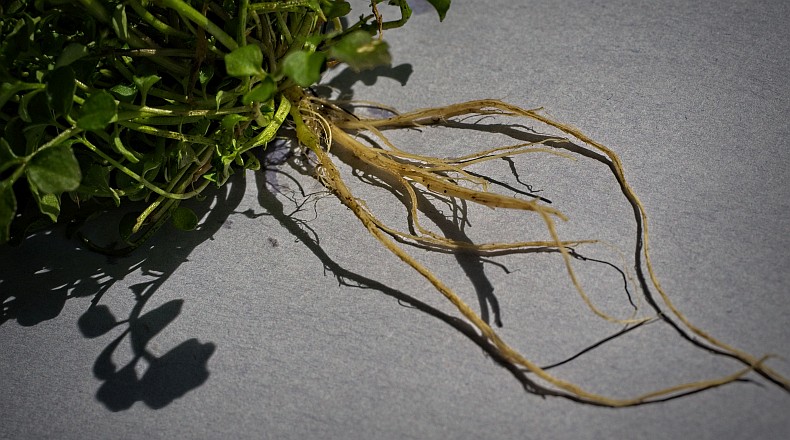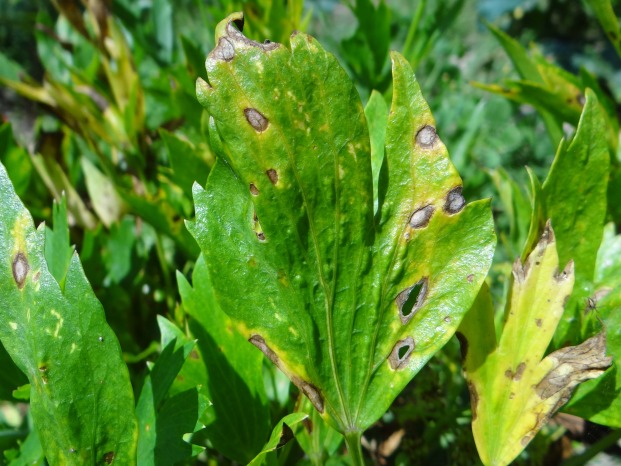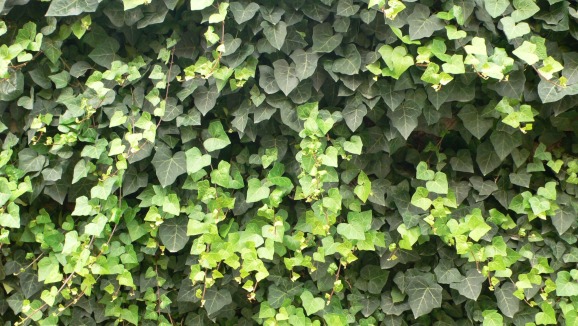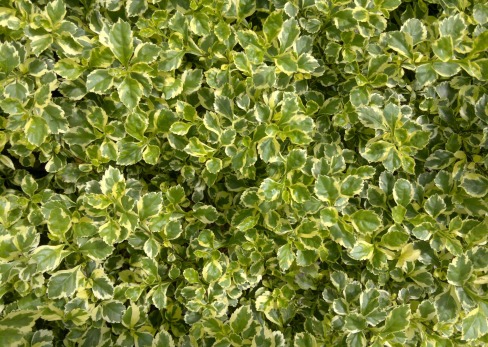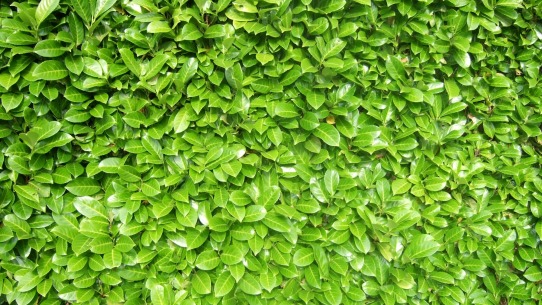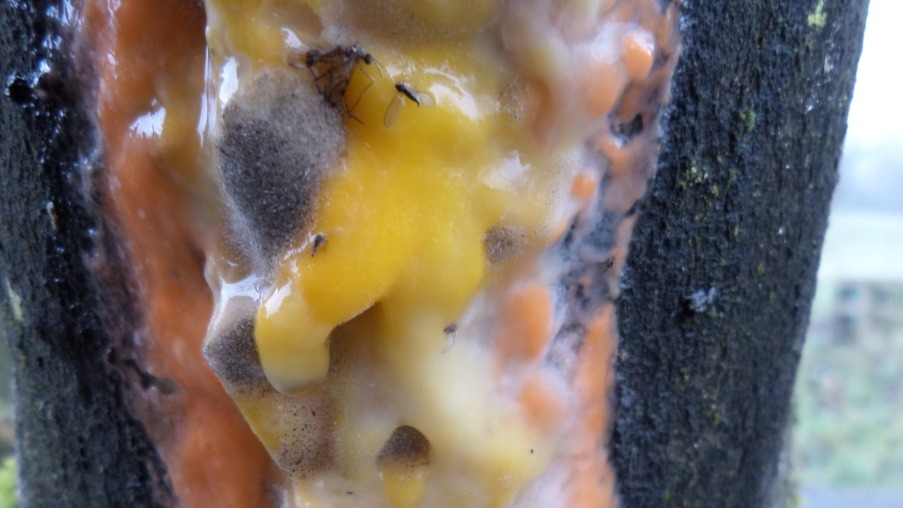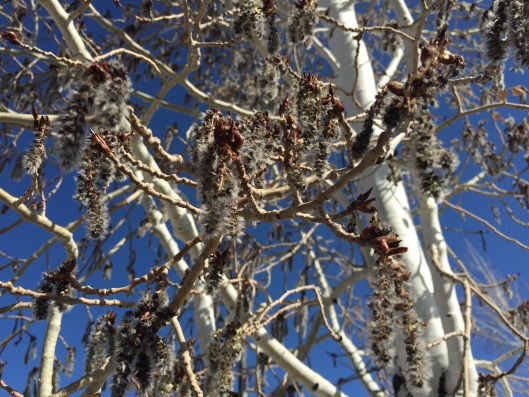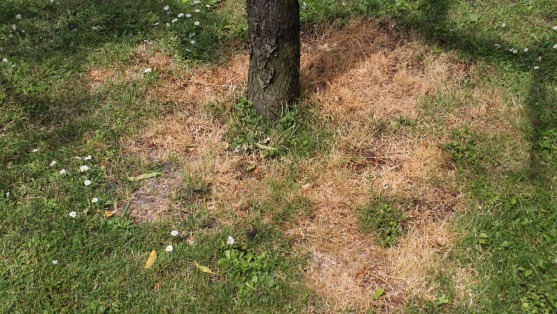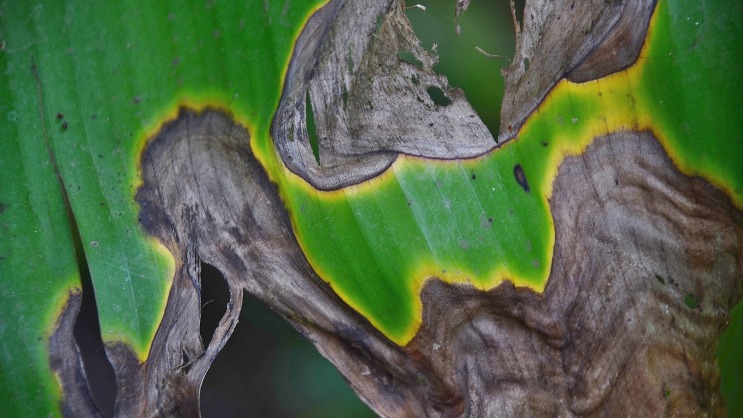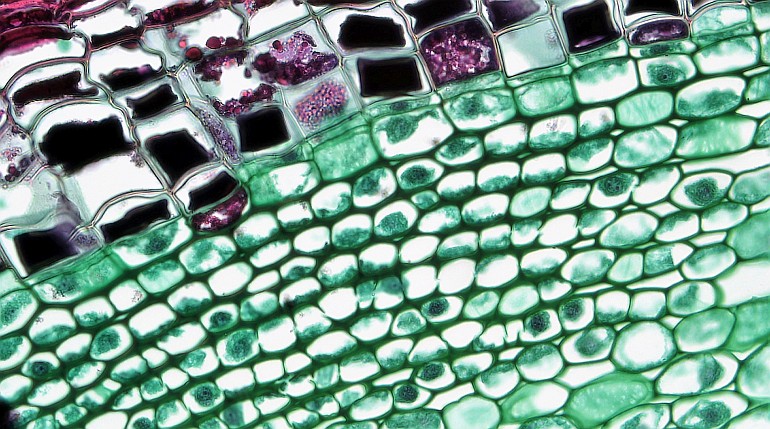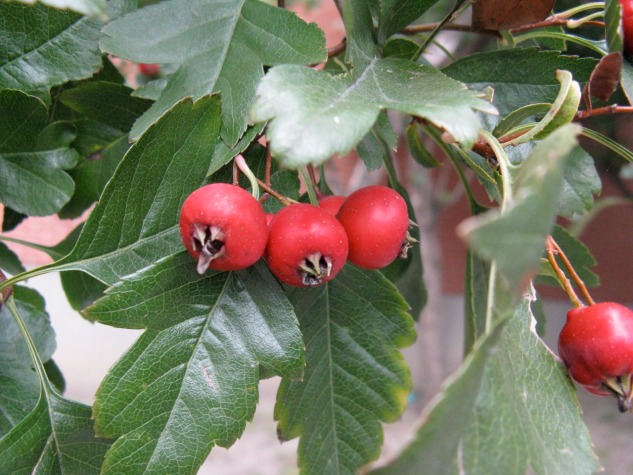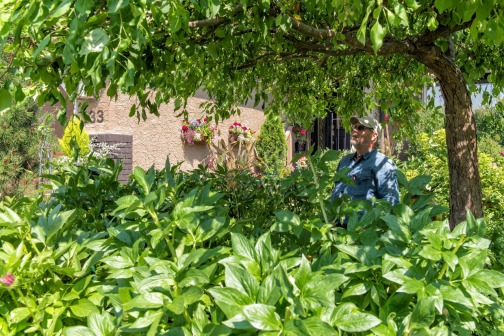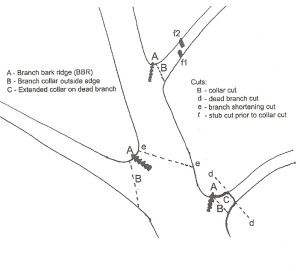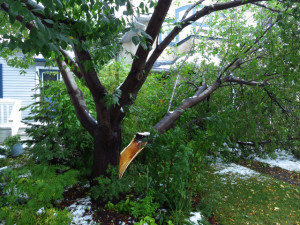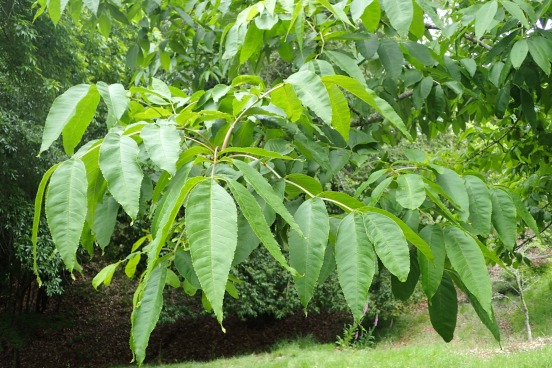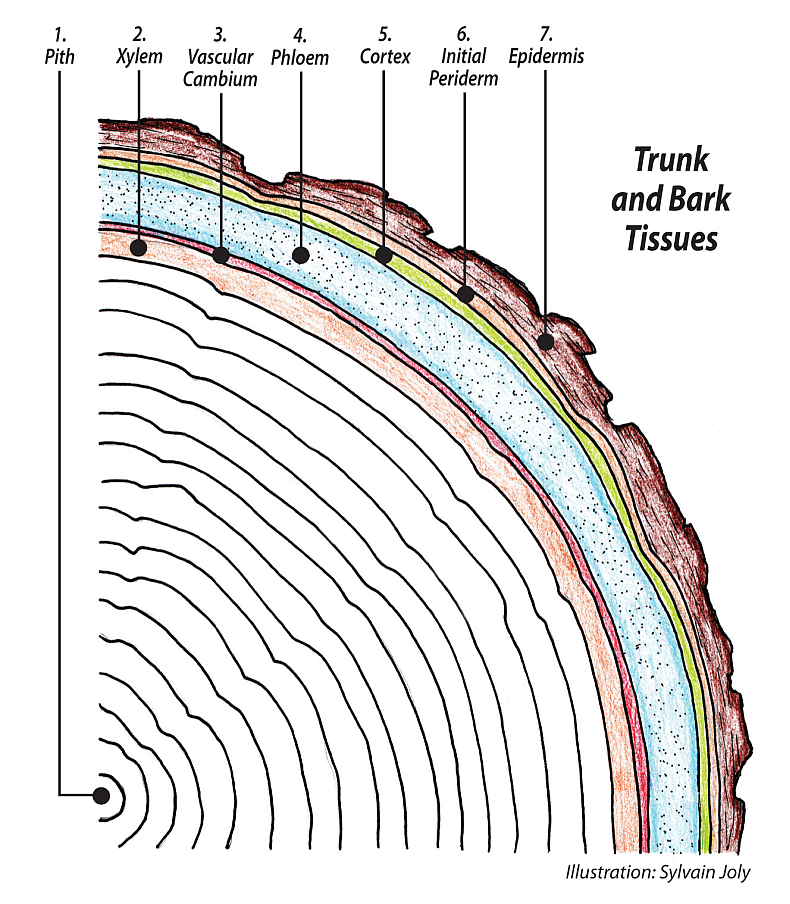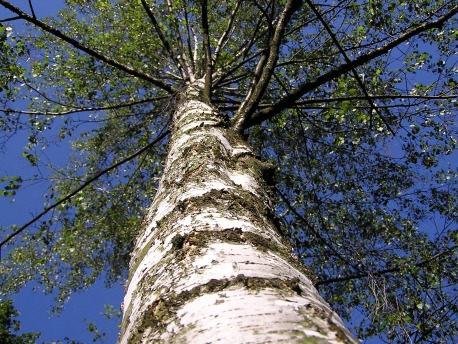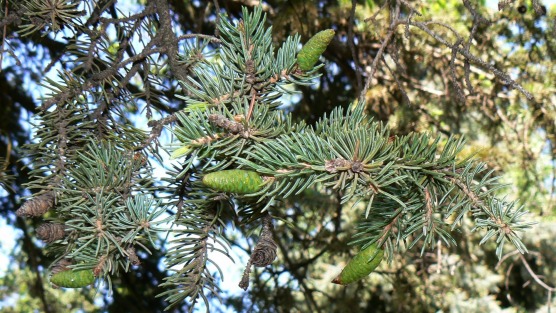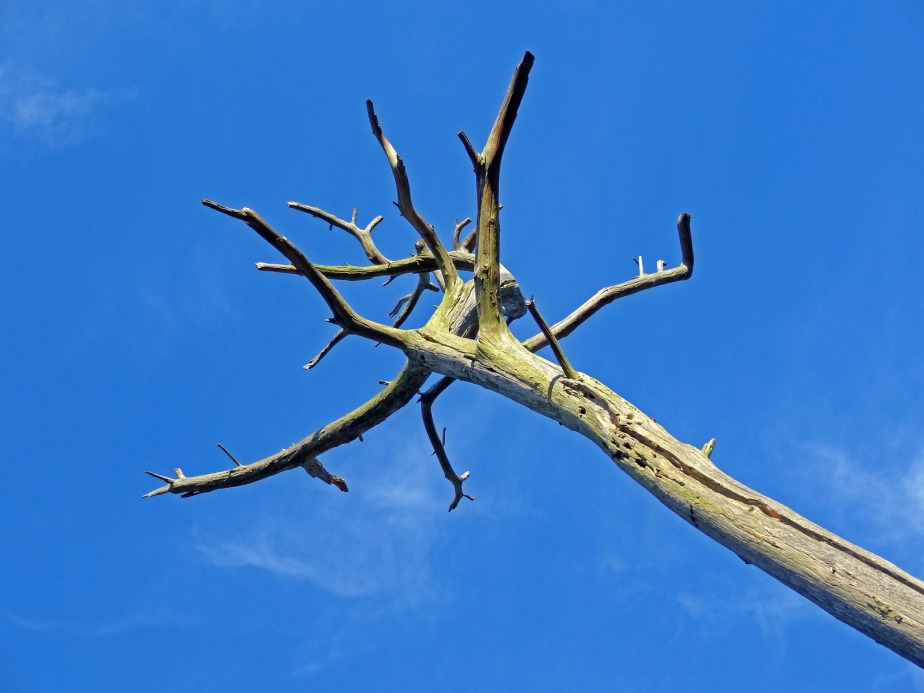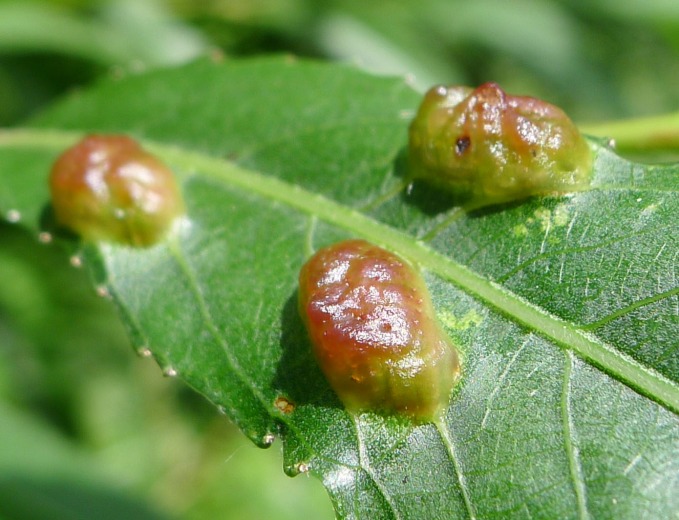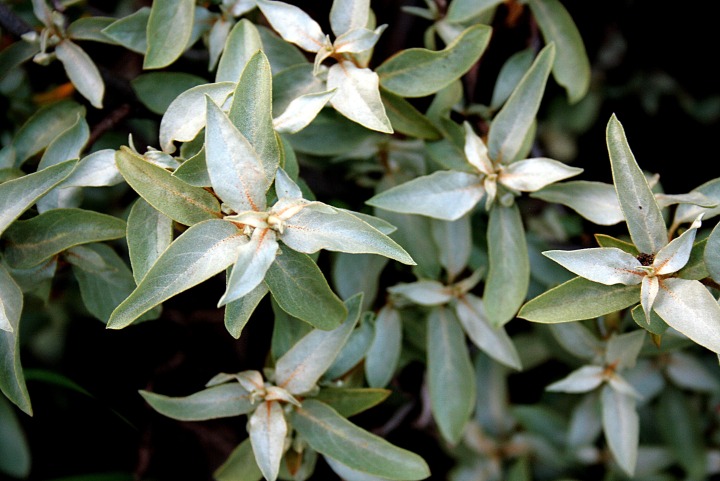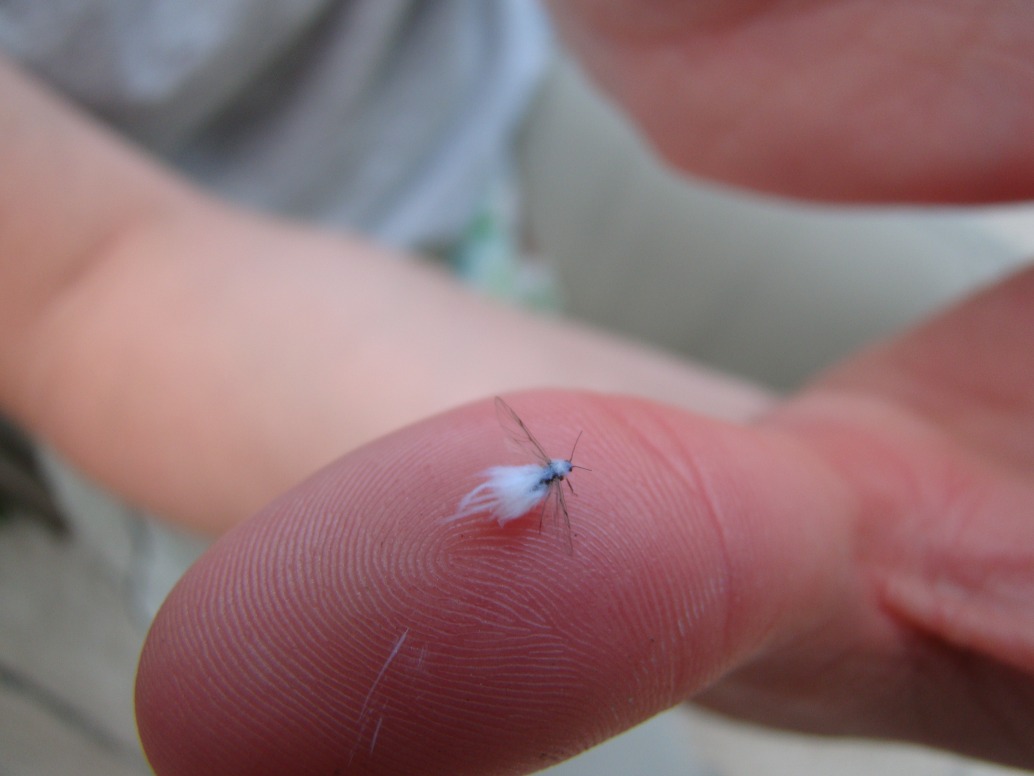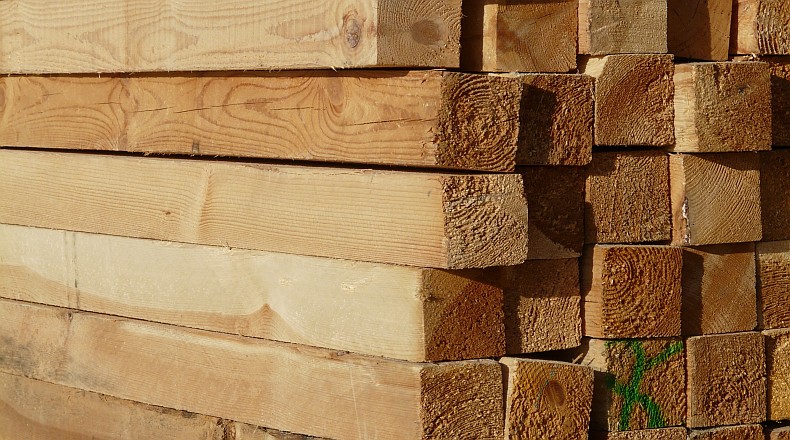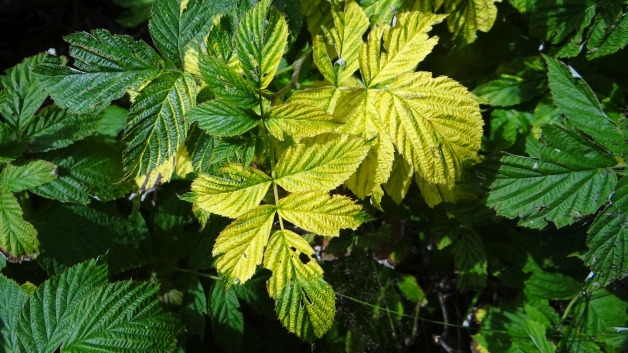The hand tools described earlier are nearly trouble-free and will give you a lifetime of good service. But with use, they will become dull and will occasionally need some lubrication. Sharp tools are not only much easier to use and more accurate, they also make the cleanest, most precise cuts, which trees will love you for.
The secateurs, the loppers, and the pole pruner are all single-bevel cutting blades, like chisels. They have a flat side and a side with an angled cutting bevel. The flat side bypasses the anvil as the cutting edge moves through the wood. With use, the cutting edge will become dull and sometimes even nicked. Tree and shrub branches can have grit on the bark, which acts like sandpaper against the cutting edge. This gets more likely as you get closer to the ground.
Sharpening
There is a lot of advice out there about sharpening. Some of it sounds like an art in itself. My school is different: practical, simple solutions that work in the field. I don’t need to use special equipment or take things apart. I use a simple, handled flat file. A large eight- or twelve-inch file is too coarse and too big. Buy one that is four or six inches long. Some of them are three-sided, which is all the better. Make sure to also buy the right size of comfortable handle and install it. The surface of this file should look like a series of tight parallel lines set on a slight diagonal across the file. These are the file’s cutting teeth.
Hold the tool so you are comfortable and it is steady as you begin to sharpen. Open the tool and unlock it so you can get the file between the blade and anvil. For my secateurs, I use my truck bumper, pressing down with one hand, file in the other. The existing angle of the bevel is what you want to keep. Align your file at that angle.
The tool should be flat, with the bevel facing you. You will take a stroke against it, away from you, with the file; a gentle push, a steady pressure as the file moves across the bevel. This will cut a micro-amount of material from the blade. Looking at the blade, you can already see freshly-exposed shiny steel. Take another stroke or two. Test the edge. Nice and sharp? No? Try another stroke. Now turn the tool up side down and gently file off the burr that has formed on the anvil side of the blade. One gentle stroke. Be careful—these babies are sharp and ready to work.
I use the same general method for all of my bypass tools. This takes about a minute to do. Don’t file away your expensive blade; do only what is necessary and the blade will last for years.
Lubrication
If the tool becomes tight or squeaky, it needs some grease. A quick spray of WD-40 will fix that fast. Aim a short blast at the junction of the handles where the nut is.
The pruning saw
The Japanese pruning saw is another story. Try very hard to keep it out of the dirt. The best practice is to use an older, retired saw for the dirt cuts. It is impossible to rejuvenate shrubs and not need to make some ground-level cuts. A group of stubs would give your shrub a pruned look. When cut to grade, the stubs visually disappear. Everyone will think the angels did the work.
Eventually, your saw will become dull, harder to use, and inaccurate. Buy a replacement blade. Saw sharpening is an art that requires some special equipment and knowledge. I did enough to know how difficult it is!
(Photo credit: “Bypass loppers pruners" by Dvortygirl, licensed under CC BY-SA 3.0.)

